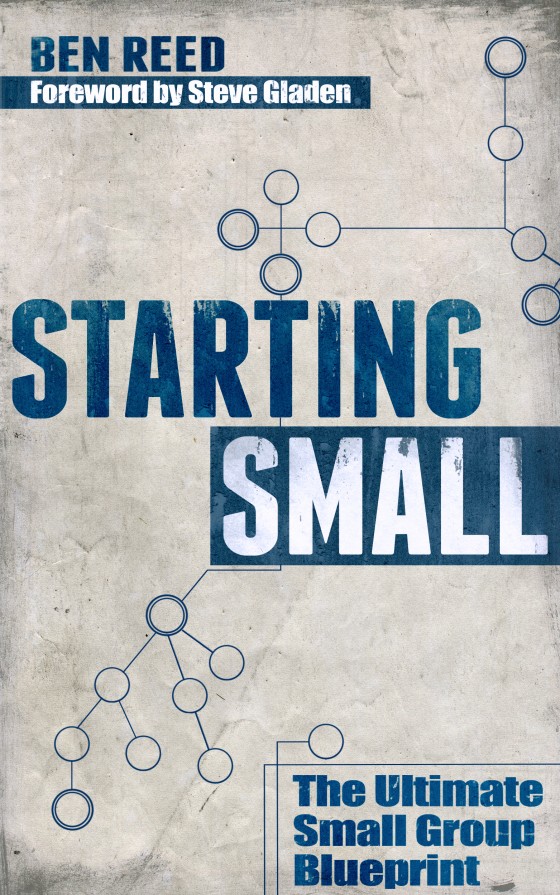Opening Catalyst Conference, Andy Stanley, pastor of North Point Community Church, discussed the internal tension that we all carry that’s associated with our appetite for more.
As leaders, certain appetites are heightened:
- progress
- greater responsibility
- respect
- desire to win
- growth
- fame
- achievement
- to be envied
There are 3 things that are universally true about our appetites:
- God created them, but sin destroyed them.
- Appetites are never fully and finally satisfied. Though we think there’s some amount, or size, or goal that will fulfill our appetite…which leads to tension.
- Your appetite always wants what it wants now, never later.
How you deal with your appetites will determine the direction of your life. If you are ruled and controlled by your appetites, the end will be embarrassing.
Genesis 25 centers around a birthright. Esau was set to become instantly wealthier than all of his siblings, receive the highest status in his family, and receive the best of God’s blessing. Who, honestly, would trade that for a bowl of stew? Who would trade their future for something as temporary as that?
Scientists have shown that a your brain chemically changes when appetite happens:
- Impact bias – your brain takes a simple appetite and blows it out of proportion (ever experienced buyer’s remorse?).
- Focalism – your brain focuses your mind on one thing and blocks out everything else.
What we need is for someone to reframe our appetites. Because whatever we want, we’ll find ourselves wanting more of that.
Don’t allow your appetite to dictate and control your leadership.
What’s your bowl of stew? What’s hard to say “no” to now? What are you trying to talk yourself into?
What are you contemplating that your spouse is uncomfortable with?





